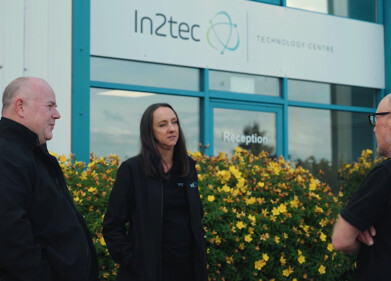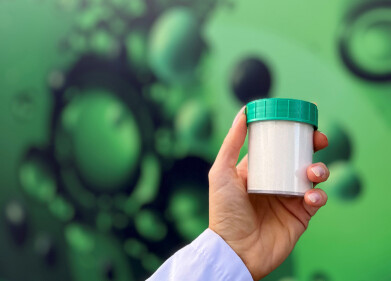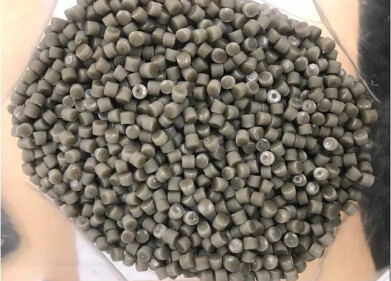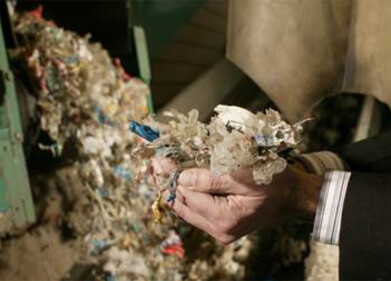Waste Management
Underground Waste Collection Systems
Nov 14 2013
For around 20 years the UK's European neighbours have been using underground waste systems to store both their recyclable and residual waste.
At the same time they have drastically improved their green credentials and collection facilities, and increased trends to recycle more waste.
In Finland, underground waste collection points first appeared along major roads, especially at rest and picnic areas. They’ve since spread to the suburbs and towns, installed for the collection of paper, glass and organic waste. In the Netherlands it’s impossible to imagine a city centre or leisure park without underground waste systems in place. Despite being one of the heaviest producers per person, they recycle a staggering 64.4% of waste. In Germany, interest and installations are both on the increase.
The innovation and technology that is now available for waste collection, management and recycling, means that underground systems are an extremely effective and desirable way to store and collect waste. They reduce disturbance and smells, reduce collection costs, tackle recycling targets, reduce the visual impact of trade containers and reduce carbon footprint impact.
In busy city and town centres, schools, colleges and universities space for residual waste and recycling points is at a premium. A scattering of traditional collection bins might not be enough to cope with the daily waste that people produce. So the solution might well be a semi-underground system.
Because of the larger capacities in the underground system the collection vehicle is not required to make as many trips, therefore emissions are reduced. And as well as tackling the aesthetic problems and the need to improve waste streams’ segregation, the semi-underground unit can be emptied in about two minutes by a vehicle with a single operator.
A semi-underground system is perfect for all locations with high volumes of waste: city parks, country parks and stadia spring readily to mind. The most recently developed semi-underground container offers a large fill volume, reduces emptying frequency and lowers maintenance costs. Only one third of the product is visible.
Its straight shape construction and wide bottom-opening ensure the smooth flow of waste from the container when it’s emptied. The body is made of concrete with steel reinforcement and it’s absolutely watertight against ground and rain water.
If everyone’s aim is to reduce the visual impact of waste bins, reduce disturbance and smells, reduce collection costs, tackle recycling targets, and reduce carbon footprint impact, then going underground is an excellent solution. In any redevelopment or new build project, it is very easy to ‘plan-in’ such systems at an early stage, making the site and the long-term environment that much more attractive.
Events
Nov 26 2024 Paris, France
Nov 27 2024 Istanbul, Turkey
H2O Accadueo International Water Exhibition
Nov 27 2024 Bari, Italy
Biogas Convention & Trade Fair 2024
Nov 27 2024 Hanover, Germany
Dec 11 2024 Shanghai, China







-as-feedstock.jpg)






